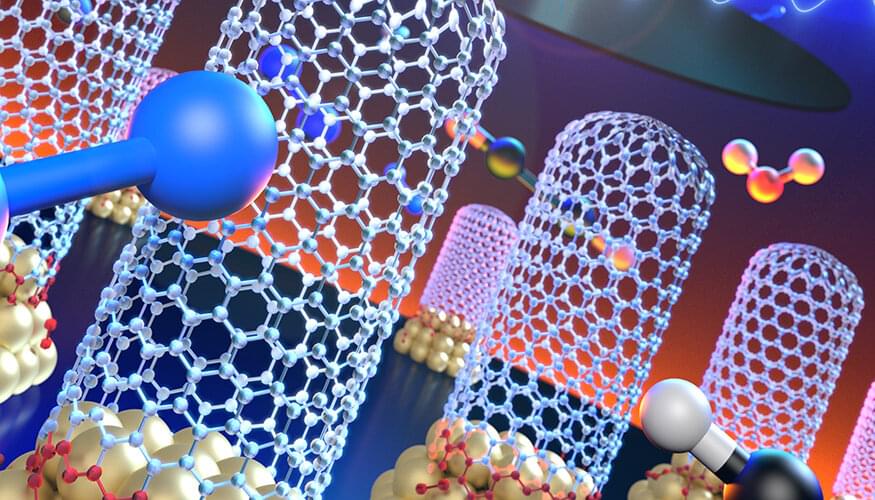It’s proving tough to reign in systems like ChatGPT
Did a human.
Did a human write that, or ChatGPT? It can be hard to tell — perhaps too hard, its creator OpenAI thinks, which is why it is working on a way to “watermark” AI-generated content.
In a lecture at the University of Austin, computer science professor Scott Aaronson, currently a guest researcher at OpenAI, revealed that OpenAI is developing a tool for “statistically watermarking the outputs of a text [AI system].” Whenever a system — say, ChatGPT — generates text, the tool would embed an “unnoticeable secret signal” indicating where the text came from.
OpenAI engineer Hendrik Kirchner built a working prototype, Aaronson says, and the hope is to build it into future OpenAI-developed systems.









